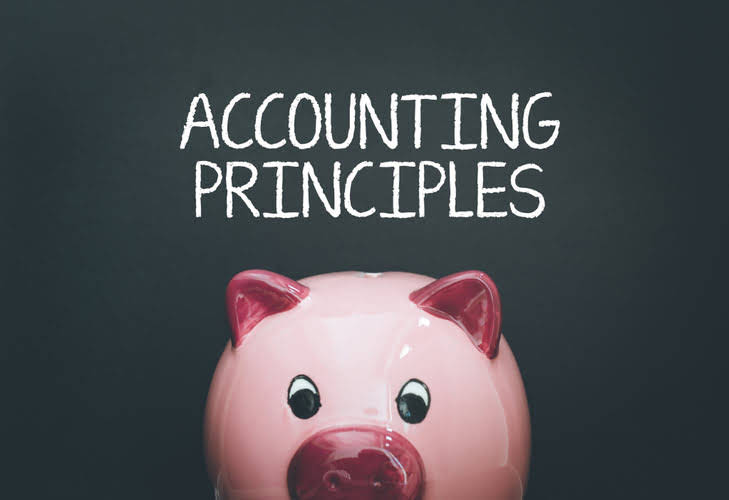Expanding the number of products sold to each customer is less expensive. The trick is to understand your customer well enough to know which related products they might want. The purpose of most businesses is to increase profit and avoid losses. That is the driving force behind capitalism and the free market economy. The profit motive drives businesses to come up with creative new products and services.
If a company can be mindful to both, it would reduce its expenses in both areas and ultimately increase profit (again, without having to earn any additional revenue). Companies are also usually mindful of operating expenses, and these costs are the expenses that a company incurs to run its business. If a company can reduce its operating expenses, it can increase its profits without having to sell any additional goods. Finally, feel free to charge what your products or services are worth. If you’re providing a valuable service or product, you should feel confident in setting a fair price. By doing so, you’ll be able to improve your profitability and grow your business.
If a business is not generating enough profit, it will eventually have to close its doors. On the other hand, profitability is also important because it provides insights into a business’s ability to generate future profits. A high return on investment ratio means your company is very beneficial and uses resources well. A low return on investment ratio means your company is less profitable and may be wasting resources. Achieving profitability is essential for any business that wants to survive in the long run.
Join over 140,000 fellow entrepreneurs who receive expert advice for their small business finances
For instance, the term profit may emerge in the context of gross profit and operating profit. There are many factors that may impact the revenue a company is able to bring in as part of its operations. If a company’s products or services are in high demand, it can lead to an increase in revenue. Conversely, if there is a decrease in demand, it can lead to a decrease in revenue.
Companies must be sensitive to what they charge, as pricing is a crucial factor in determining a company’s revenue. If a company sets its prices too high, it can also lead to a decrease in demand. A company that is not profitable may still be generating revenue, but it is doing so inefficiently. It means the company will eventually run out of money and go out of business. Therefore, profitability is the key metric to watch when evaluating a company’s health and growth potential. With this knowledge, a business can make informed decisions about pricing its products or services or cutting costs to boost profits.
- That is the driving force behind capitalism and the free market economy.
- It’s critical for assessing whether your business is generating enough profit from sales, or whether materials and operating expenses are holding it back.
- Next, profitability and profit allow a business to pay its employees better wages and benefits.
- Likewise, net profit margin doesn’t reveal much about total sales revenue, as the percentage could be inflated by low overhead.
These businesses are making the most of their infrastructure, investments, and staffing. They’re also not wasting anything by overspending on equipment or human resources. That’s the difference between profitability and just breaking even for many small businesses. Raising prices will increase revenue if there is enough demand. Customers must want the product enough to pay higher prices.
Profitability is a measure of shareholder value
They instead focus on generating revenue and growing their top line. While revenue and growth are essential, they aren’t crucial in business. There are several reasons why profitability matters more than profit. Profits are significant because they indicate whether a business can generate enough revenue to cover its expenses and make a return on investment.
What is Profit vs Cash?
Companies that have high profitability are worth investing in. Profit margins can be an important metric for small businesses. It helps them determine whether or not they are bringing in enough money to remain solvent. Profit is useful if a company wants to expand into other markets.
What Is More Important, Profit or Revenue?
A high-profit margin ratio indicates that a company is generating a significant profit from its sales and is, therefore, more profitable than its competitors. It is usually a sign that your company’s products or services are in high demand and that you have pricing power. When thinking about investing in any type of asset, it’s best to take both measurements into consideration.
Can Profit Be Higher Than Revenue?
There wouldn’t be enough workers earning good wages to drive demand. The same thing happens when businesses outsource jobs to low-cost countries. Revenue can be increased by raising prices, increasing the number of customers, or expanding the number of products sold to each customer. In a capitalist system where firms compete with one another to sell their goods, the question of where profits come from has been one of interest among economists. Karl Marx, for instance, argued that profits arise from surplus labor extracted from workers by business owners.
Last, each category is influenced by accounting rules, though revenue is often a more pure number less susceptible to variation due to bookkeeping. When accounting for profit, there may be reliance on management estimates and more general ledger account balances. Therefore, profit may be more impacted by accounting rules, whereas revenue is generally more influenced by market performance. Positive cash flow means a company has more money moving into it than out of it. Negative cash flow indicates a company has more money moving out of it than into it. As you can probably assume, you can find your net profit by subtracting the value of any interest or taxes you incur from your earnings before interest and taxes.
Along the way, there are several steps to get from one category to the other. The formula for calculating net income and each step in the process is further explained below. A company may earn less revenue based on external competition. Competition can impact cash flow statement indirect method a company’s revenue by affecting its market share. If a company faces intense competition, it may have to lower its prices or risk missing out of certain customers altogether. Every business needs to have a grip on the distinction between revenue and profit.
In contrast, Enphase focuses primarily on residential solar, with a bit of sales coming from the small commercial building market. Both companies also tout full renewable energy systems that include solar energy system management via an app, battery backup, and electric vehicle chargers. Various businesses will articulate profit’s place in their overall mission differently. Regardless of where it fits into the mission statement, profit is fundamentally important for a business’s success.
Without reliable financial statements, you’re running your business blind. It’s the most accurate representation of how much money the business is making. For example, if the company generates a lot of cash, and it’s invested in a rising stock market, it may look like it’s doing well. But it might just have a good finance department and not be making money on its core products.
The document shows different areas where a company used or received cash and reconciles the beginning and ending cash balances. If you want to improve profitability in your business, one of the things you can do is increase prices on your products or services. Of course, this is not a decision to take lightly, and there are a few things you need to keep in mind before increasing prices. Therefore, profitability and profit are essential considerations when developing a business strategy.





